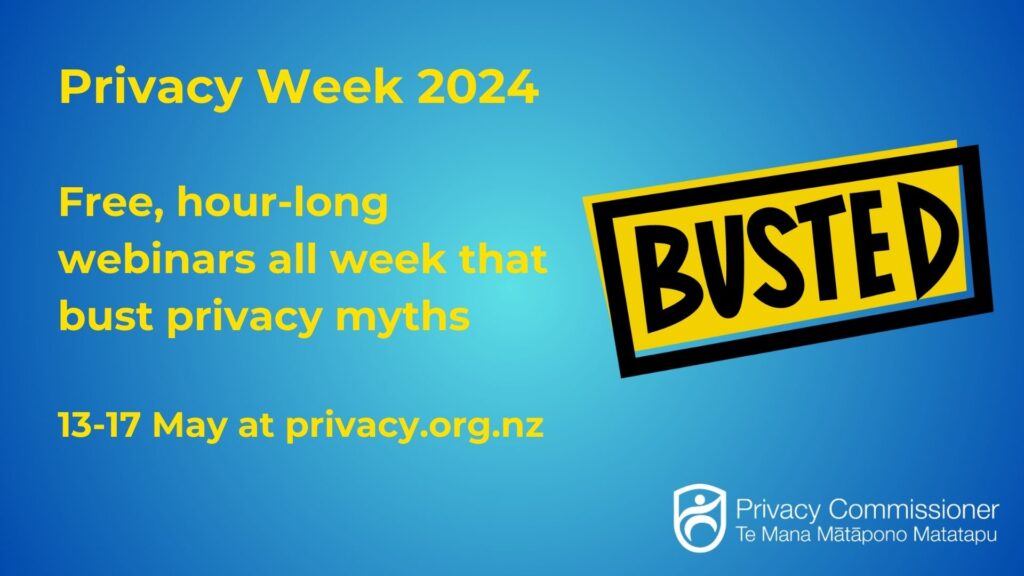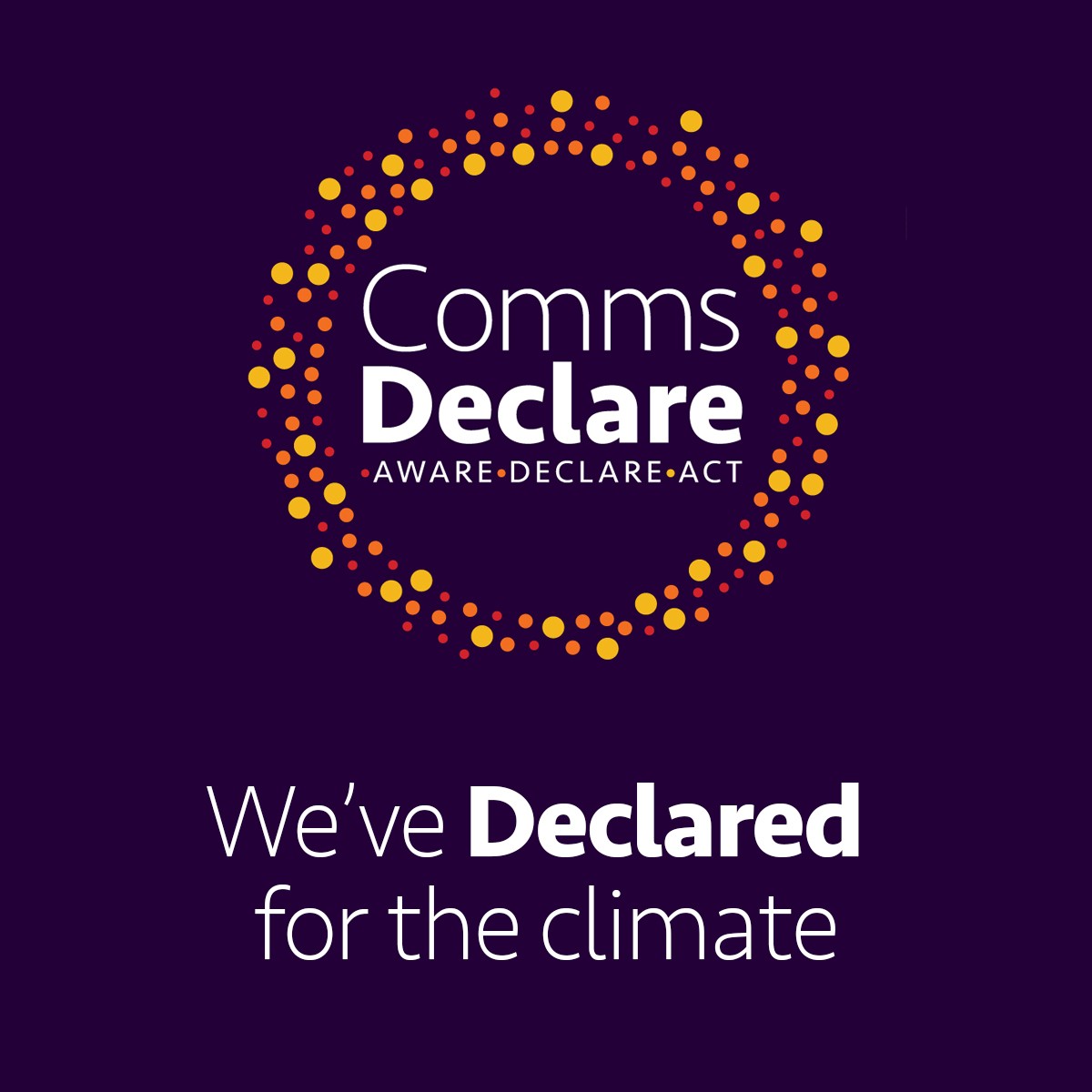Written by guest author: Rali Andreeva
A story about ethical data use and how privacy can support ESG goals.
The book “Very Hungry Caterpillar” was one of my son’s favourite books when he was a little boy. We read the book almost every night, and as I turned the pages he asked me with curiosity “really mummy?”, marvelling at the insatiable appetite of the hungry caterpillar and patiently waiting for the butterfly to be born. We laughed together, pondered on the question “sure not again?” and waited for the beautiful butterfly to fly.
When it comes to data and privacy, I can not help but wonder if some organisations are like the hungry caterpillars but never reaching the full potential of becoming butterflies – some organisations want to collect more and more data without clear purpose and Senior Leaders believe that more data is the key to solving all business challenges at the expense of a moral compass to guide in the decision making process. And just like the hungry caterpillar, it is evident that things can go wrong very quickly in the absence of business clarity on the pathway to transformation and growth.
Privacy and Data can be considered as an ESG priority, there are opportunities to build sustainable data practices, respect customers choices and drive business growth. I am particularly interested in how to empower customers to use data to make a positive impact on the environment and calculating carbon footprint is top of the list.
I recently tried to register for a programme that helps customers track their carbon footprint. The promise to know my impact on the environment and to receive tips on how to reduce my emissions sounded appealing. I started the registration process, answered most of the questions and read the Privacy Policy.
It is like I met the hungry caterpillar – I was asked to provide household income, the area I live in, how long and how often I travel using different transport and more and more information about my life. I learnt that my social media likes and comments will be tracked, data will be shared with 3rd parties and my account’s name and footprint will be shared on the public web site. I felt like I was sharing more information than necessary and I was unsure of the benefits that I may get.

In the end, I decided that it is not worth using the service.
This is a challenge facing many organisations – how to collect data to provide better services, give value back to customers and achieve business objectives.
Here are some principles to help you build better data and privacy practices and help you design better services.
1. Know your data
You should know what data you collect and why, where the data is stored and how the data is used, and your organisation should have robust security practices and establish data and privacy governance.
Organisations collect far too much data and according to one estimate, on average, some 60% of the data that organizations collect is unused because it is either redundant, obsolete, or trivial. (Source: The greening of privacy: Key steps to data sustainability | TechBeacon)
Businesses can reduce their storage requirements and costs and support their sustainability objectives by reducing the amount of the data collected and stored.
2. Understand your data
More data does not necessarily mean you know your customers better. You should always ask if the data used is appropriate to meet the business goals and help customers.
For example, I would question if my household income was a “must have” data point to calculate my carbon footprint:
-
I did not understand why this data point is required
-
Based on my experience in market research, customers generally do not provide accurate income data
-
I learnt from a recent study that although the positive correlation between income and excess pollution is always true, its importance is much lower than previously suggested and varies in a wide range (Source: “Unbiasing the estimate of the role of income in carbon footprint of households: Analysis of the Spanish case as a pilot study”, Rafael de Arce∗ and Ramón Mahía, 2023)
Most importantly I will not share my income with an organisation I do not know and I do not trust.
When designing services and collecting customer data, you should be asking questions like:
-
What are the customer’s needs?
-
Why collect the data?
-
Is there a different way to calculate the carbon footprint?
-
How do you build trust with customers so they can provide their personal information?

3. Keep things simple
Most customers don’t have legal degrees and don’t expect to have to think about ‘rights and responsibilities’ or make complex decisions when registering for a carbon footprint tracker. Privacy notices are overly overwhelming, complex documents and most customers do not bother reading them, and even if they do and have queries, it’s not like they are able to discuss it with anyone or negotiate different terms of using the service.
A sincere, on-brand communication that explains to the customers how their data will be used is more effective at building trusted relationships than the long and confusing documents.
4. Show the value exchange
Customers are more likely to share their data when they trust the brand and understand the value they will get back. It’s all about the value exchange. If a customer believes that by sharing information they will get meaningful benefits, they are more likely to do so.
Organisations should identify moments that matter to customers and use examples of such benefits when data is indeed being requested. These moments are all great opportunities to build trust.
If customers do not agree to share more data, they still should receive an exceptional service. Unfortunately very few organisations provide such a service.
5. Make your team training relevant
Privacy training can be overwhelming, the legislative landscape is complex and often is not clear what you have to do to adjust to it.
All teams need to have a baseline knowledge. You should adapt the privacy training, make it relevant, use games, work on relevant use cases. Remember that the Marketing team engages with the topic differently than the Contact Centre team or the HR team.
6. Start with the question “Should we?”, not “Could we?”
Organisations invest a lot of resources in collecting more and more data and analysing customer behaviour. AI is seen to be the solution to solve all business problems and as Deb Lavoy, the founder Narrative Builders said, we are in a race to find out everything we can, and to use it to the greatest extent we can. So where does it stop?
The question to be asked is “Should we?”, not “Could we? ”.
●“Should we trust an algorithm to make recruitment decisions because we will save cost?”
● “Should we build AI algorithms based on customers’ profiles and data without giving customers a choice to opt out?”
● “Should we link different sources of information without customers’ permission?”
If the answer to any of the above is no, maybe you should not do what you are planning to do, even if you are legally entitled to do so.
Customers are becoming increasingly concerned about privacy and are holding organisations to a higher standard. We have moral and ethical obligations and data must be collected and used ethically, with customers’ best interest. Just because something is legally right, it does not make it morally right each time.
Privacy is a leadership decision to do the right thing – it is about building trust, respecting customer choices and supporting customers and teams to navigate this complex, ever changing space.
And I will continue focusing on taking one more small step to reduce my emissions, even though I do not know my carbon footprint.
If you’d like to talk to us about communicating privacy to your clients please do get in touch.

Rali Andreeva
Rali Andreeva
Rali helps teams to use data and unlock value to customers, simplify privacy and improve customer experience. With 20+ years’ of marketing, loyalty and data & insights experience across retail, FMCG and banking, she brings customer and business perspective to an area often dominated by legal and compliance expertise.
She speaks at events, runs training sessions and facilitates workshops, as well as providing coaching for senior leaders and teams.
Author: Rali Andreeva
LinkedIn: Ralica (Rali) Andreeva | LinkedIn
Email: rali@raliandreeva.co.nz













